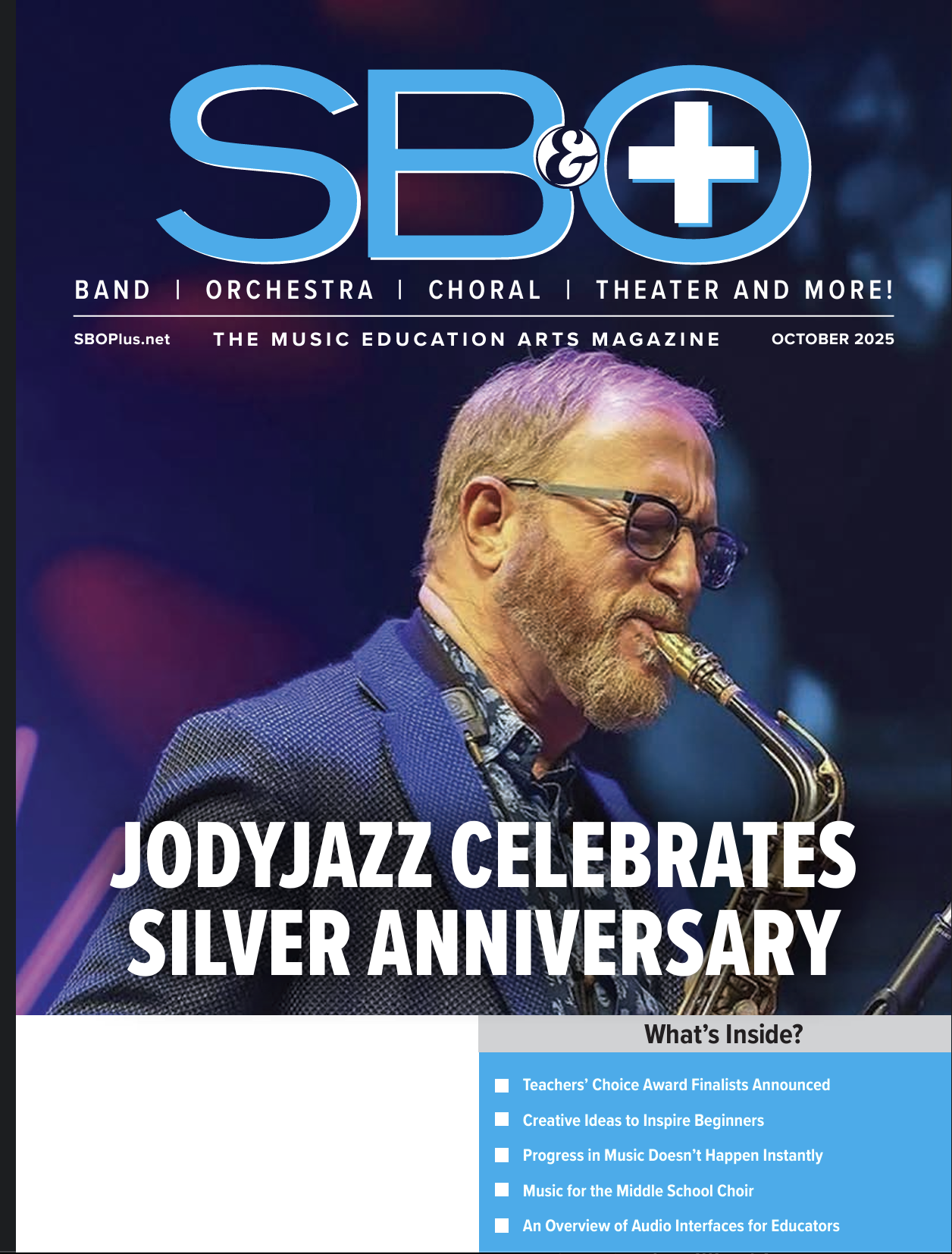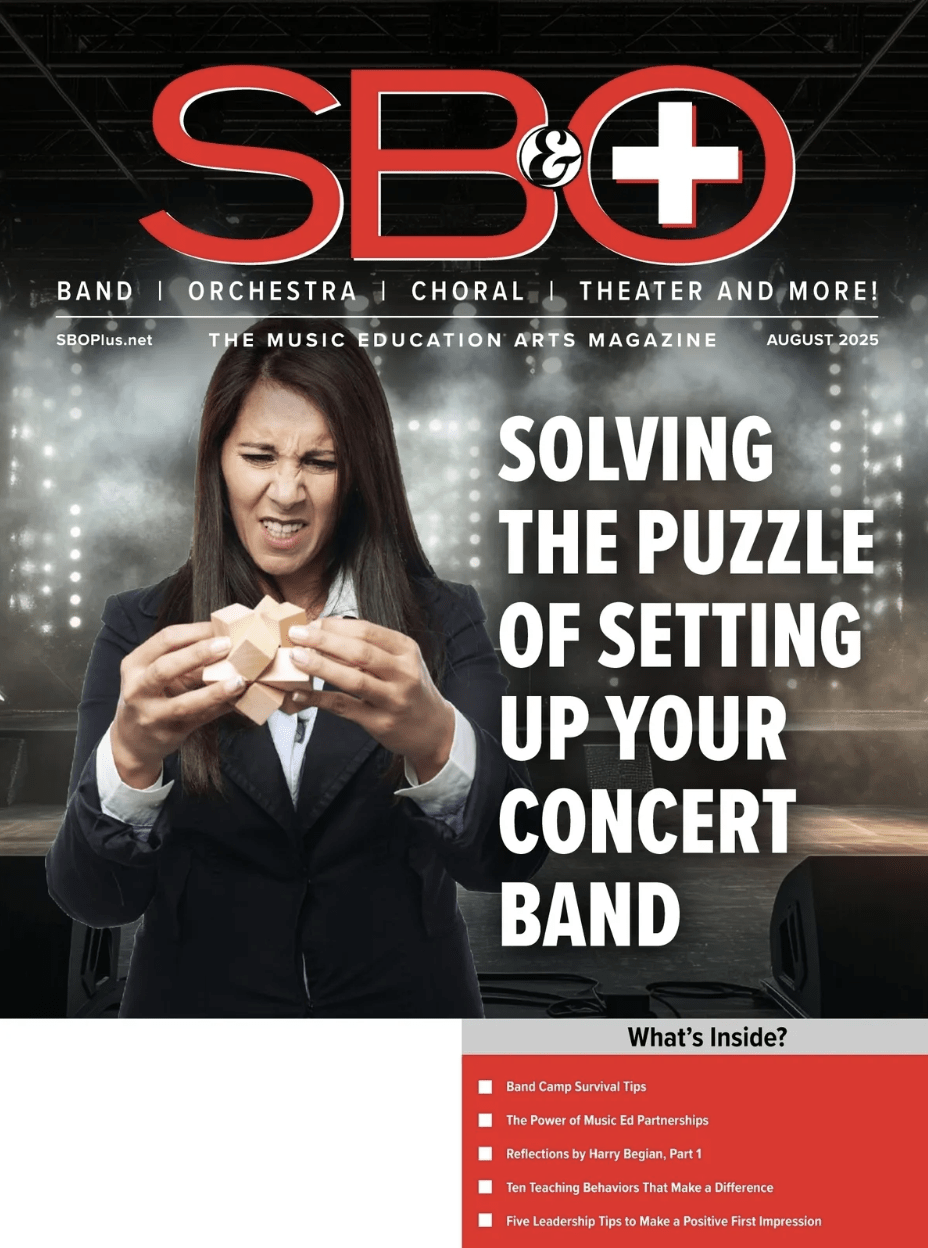 Too often, this profession breeds unhealthy behavior cultivated by frustrations and factors outside of our control, coupled with inconsistencies in orchestral policy and structure.
Too often, this profession breeds unhealthy behavior cultivated by frustrations and factors outside of our control, coupled with inconsistencies in orchestral policy and structure.
We learn to take what is available and not voice problems or complain either publicly or in-house. This is one result of an orchestra that has no discernable hiring process; when you are not given reasons or official termination, the stability of the orchestra and its musicians begins to erode.
Many paid positions under-utilize our abilities, while the few opportunities we are given to stretch ourselves are terribly timed, badly managed, obscurely promoted, and political in actual hiring practice. One can go so long without having the chance participate in ensembles or showcase the best nature of our abilities.
Audition practices and resultant issues are currently in flux, as institutions face an ill-suited audition process and what does NOT work in its stead. I understand the desire for a different and softer way to treat section players with more equality, and for the musicians themselves to show all members as respected professionals.
The audition process is prone to generational and cultural trends; it isn’t hard to see why some feel a need to eliminate auditions and static seating within the sections. There is cause to step back and consider possible alternatives to the sometimes brutal manner in which string sections are managed; organizing the high-stakes-hierarchy of rostered members is and always will be a reflection of the standards as well as a complex political intrigue that is staggering. We are at the mercy of those who operate the system. Our lives and the resources to sustain them can be affected by the decisions of individuals in a position to “make or break” contracted employment.
The Community Orchestra: Finding a Healthy Balance
These ensembles are difficult to successfully manage. It is often up to community and university orchestras to fill the needs of the highly skilled and the enthusiast simultaneously. In my experience, it is best to have auditions for every player every year in order to place and/or assign to the ensemble most suitable for them.
Making one orchestra into two is no small thing to undertake but trying to satisfy multiple expectations and experiences in the same group is a recipe for discontent (musically frustrated principle players who are not enjoying the music and the moderately talented player who is unable to keep up and is intimidated by the professional aspects of an ensemble).
Semi-Pro and Elite Ensembles
As the most accessible paid performance job available, the consequences of adopting non-audition policies in these orchestras are cause for concern. This largely manifests in doubt and insecurities; the musicians can only guess what they are or are not doing to secure ongoing contracted positions. Without a transparent hiring criterion, there is no way to determine or know what to improve. Typically, the lack of awareness that is why there is issue.
Ignorance Is Not Bliss…It is a Weakness
Ignorance turns an area of weakness into loss of employment. We are all vulnerable to the spiral when doubt turns into a confidence problem. It is truly poisonous to a career. One insecure environment isn’t contained; all of your engagements fall prey to one bad performance after another. It is better to deal with one instance of judgement (or misjudgment). It is bad practice to hide (or make unattainable) the factors decisions which impact musicians and their livelihood.
There are many orchestras that function within an “honor code” and we trust that we will be managed with the same set of rules expected and accepted in society at large and the region’s workforce. All points aside: success within an orchestra and success of orchestra comes down to trust.
When management (and the chain of command) is unclear, when they need not answer to anyone-least of all the musician- we should probably pay attention as a musical community. The audition process needs to function well for musicians to give such trust and accept the level of awareness provided.
At the Top
The top tier the nation’s orchestral community remains least affected and most stable. These orchestras have strong traditions and history of excellence. Given the competitive nature of these spots, the orchestra can afford to continue a tried-and-true system for hiring and firing. Possibly the strongest variable in their favor is the transparency of the organization as a whole within a rigid system the musicians and management are willing to uphold.
Standard excerpts are kept in circulation as a way to quickly judge the applicants against each other as well as against established or existing artistic criteria. There is a clear idea of what works for the orchestra and what qualities of musicianship will contribute to the successful performance of the defining qualities uniquely associated and attributed them. It may not be ideal or fair-but it is reliable, predictable, and sustainable. Knowing what is valued and adjusting your audition to include those priorities actually weighs in and something actionable. Auditions with rewards equal to the work done in preparation is a rewarding confirmation that we are qualified. You know exactly what is being judged.
Auditions provide:
• Feedback and constructive criticism
• Assessment of behaviors and non-musical variables
• Stage presence and looking the way you are expected to look
• Maintenance with higher stakes and difficulty level
• The permanence of second violin: there is a way out
An unavoidable reality is that when concerts are what we do week in and week out, one can potentially go years without someone saying “good job” or “you played well” much less having professionally useful observations.
We are limited in options; there needs to be some system of checks and balances for our profession and our technique, movements, body language, behavior, image, sound, and stage appropriate communication.
Unless we pay a respected instructor or professional to specifically assess your current playing habits, they can sneak past our notice and creep into our playing. Every once in a while, a situation provides the opportunity to watch video feeds of the orchestra and the musician is allowed to see what the ensemble looks like and how they are contributing. That is not often allowed, though.
When there is no ensemble directive to indicate the director’s approval or contentment with your usefulness to the ensemble, there is no anchor. A musician’s own self-monitoring and assessment will never be very accurate or useful, or healthy.
Every orchestra needs to have well-communicated criteria for employability and direct correlations between consequence and cause. Most auditioning orchestras will have definite guidelines regarding contracts and required protocol to follow in the case of termination. Often this includes a probationary period or warning part way through the season: you are provided the exact nature of your shortcoming(s) and given a chance to address them by the season’s end and are re-assessed.
We must appreciate an experienced musician’s slim access to reliable measurements and quantifiable means for determining one’s growth. No one is immune to developing bad habits or getting “rust.” Preparing oneself for an audition creates an acceptable and healthy use of the musicians around you. The “mock audition” is one of few appropriate environments to both give and get useful constructive criticism.
Auditions provide the post-collegiate musicians a better sense of their day-to-day musical landscape and how they fit into it.
What Criteria? Renewing Contracts: There are no Guarantees
The primary goal of musicians’ effort to audition alternatives is a step taken to make better the experience of musicians and to develop a different mindset in the next generation to join our ranks. The idea is for music make to be less elitist and more inclusive.
These are obviously good intentions. However, I have yet to allow all players a chance to sit near the front and to equalize the status often attributed to (first vs. second) violin section players. This is an emerging trend to move away from the use of auditions in a noble attempt to counter the existing hierarchy of respect given to musicians and judgement in general based on where one sits. Orchestras are relying less and less on the traditional system in which the profession accepts or rejects aspiring musicians into its workforce.
Is the Grass any Greener?…
When you take a look at other fields, you can draw a number of parallels that can put our assessment [of audition practices] into a larger perspective.
Many skilled professions use a selection of the very best and successful members of their community and put them to a group task. How are the individuals chosen? Do those choices affect the groups probability to succeed? Do we task employers to find a friendlier alternative to the job interview? If not an interview what is an audition and an orchestral position?
In sports, one signs on with a team after winning the job in “tryouts.” It doesn’t end there – coaches have further (and ongoing) means of discerning first and second-string athletes by merit of on-the-job-performance. One is always and ever required to prove skill and exhibit suitability for the position. In the symphony orchestra, it typically takes a minimum of three years to establish yourself for extended contracting and tenure.
The group most affected by the consequences of non-auditioning orchestras are the new musicians starting a career after a move from another region’s circuit. Individuals requesting membership by audition have little else to use for displaying their qualification. One cannot find purchase in the professional environment without an initial chance to audition. When the criteria for hiring is not audition based, how does the musician who just moved to the area find work to establish presence?
The second installment of this two-part article will focus on providing tried-and-true methods for setting up a successful chair placement system in school orchestra classes. I welcome any input from you, the readers, on how this has been accomplished in your program. I am interested in both standard and unique approaches. If you don’t have a class to seat, but have thoughts or observations to share, please do! I invite all music educators to share thought, experience, advice, and opinion. I can be reached at jennifer.steinfeldt.[email protected]


















